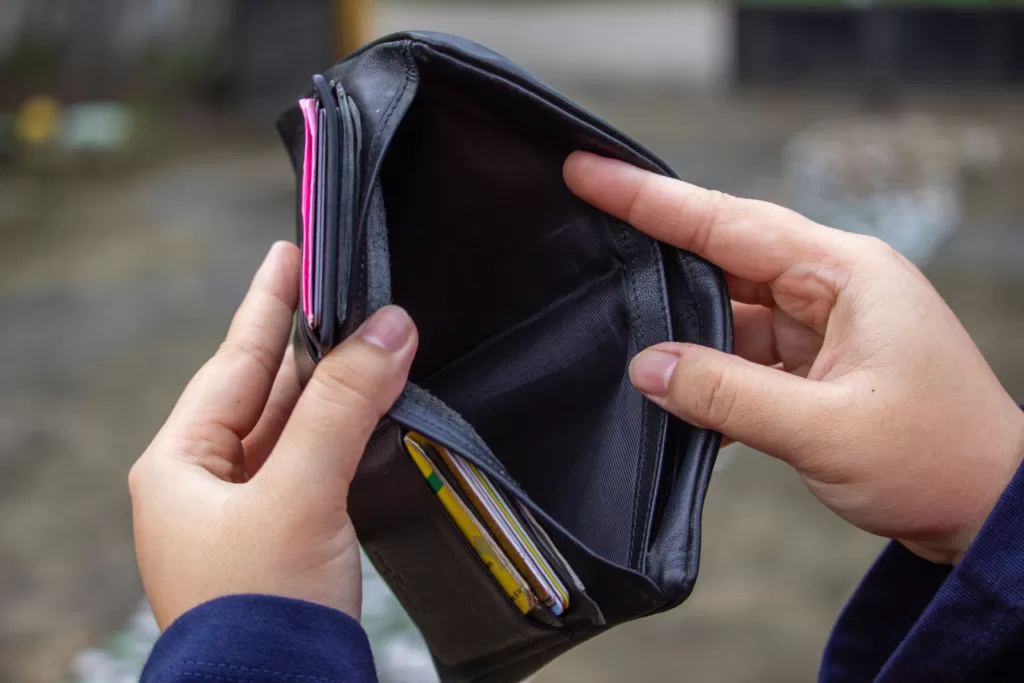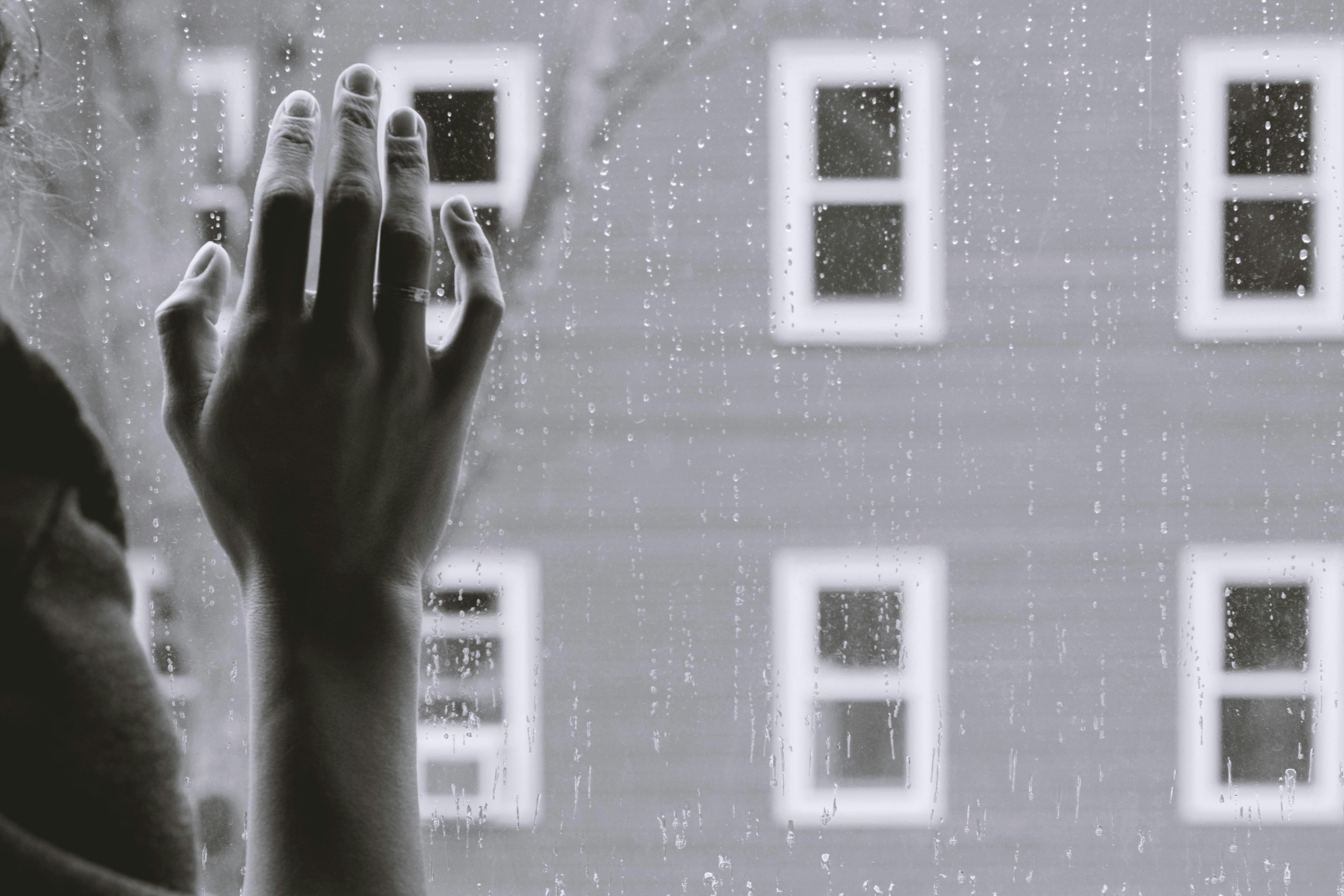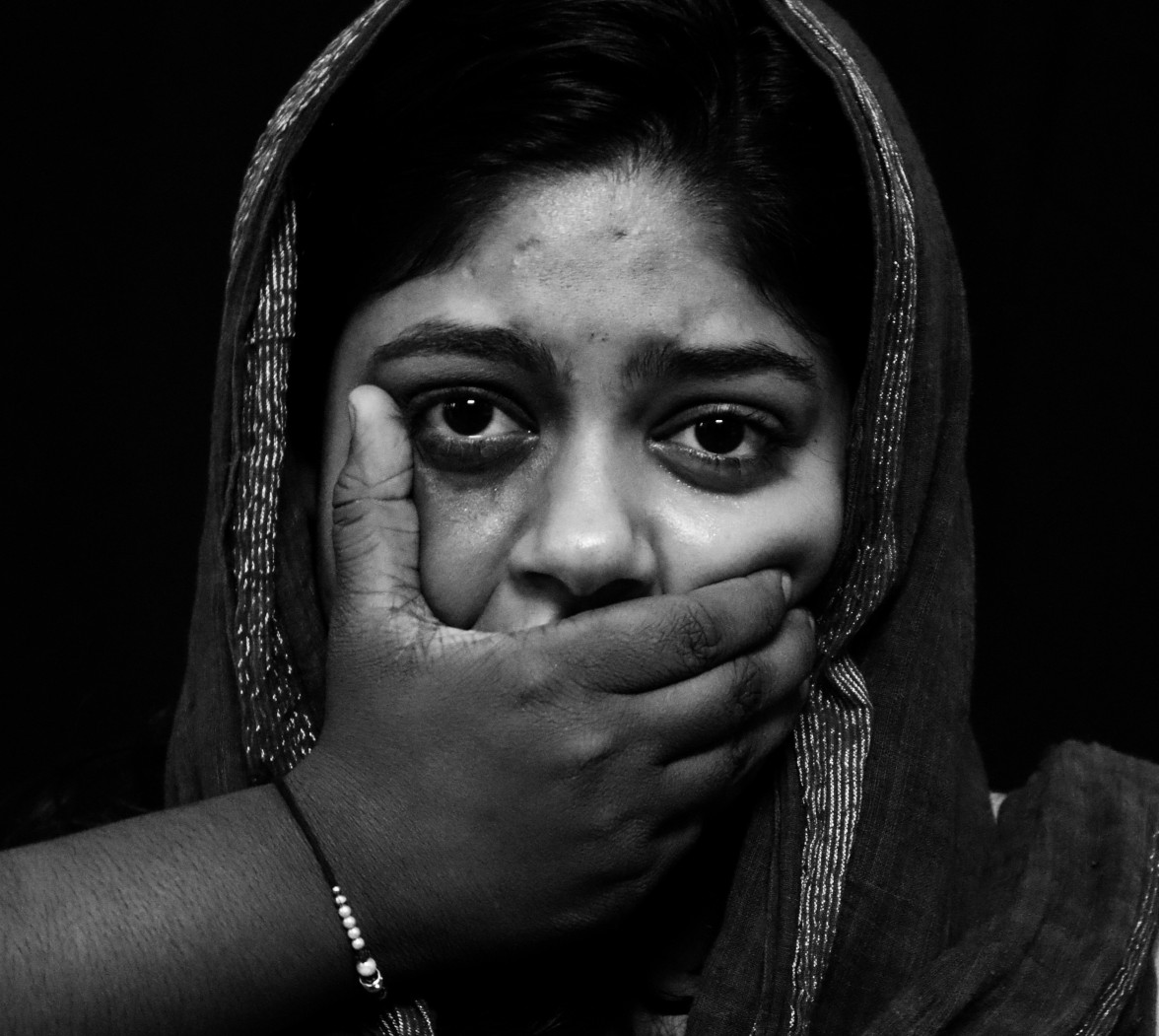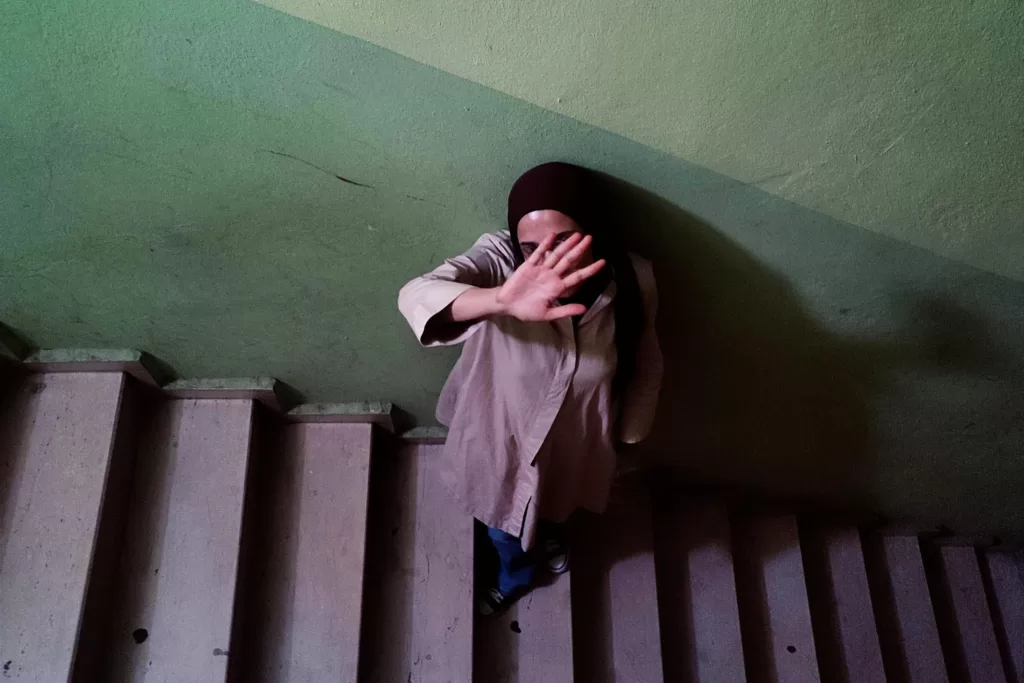For domestic violence survivors, the cost of living crisis makes leaving an abusive relationship harder than ever.
 It costs at least $18,000 to leave an abusive relationship. As the cost of living crisis deepens, that’s unaffordable to many. : Pexels: Ahsanjaya Pexels license
It costs at least $18,000 to leave an abusive relationship. As the cost of living crisis deepens, that’s unaffordable to many. : Pexels: Ahsanjaya Pexels license
For domestic violence survivors, the cost of living crisis makes leaving an abusive relationship harder than ever.
Jessica, a domestic violence survivor in her late 30s, already spends almost one-third of her income on rent. Now, the single mother-of-two from Brisbane is facing a further rent increase — and she doesn’t know how she’ll cope.
“When rent went up, it went from $380 to $430,” says Jessica*.
“It is a nightmare, so I’m worried because if he puts it up again, I can’t afford it,” she adds. “I’m only paying it because I don’t want to be homeless. I don’t want my kids to be homeless. I don’t want to be living out of my car.”
For many Australians, the cost of living crisis is hitting hard, with an increasing number of families struggling to keep a roof over their head. For renters, the news just keeps getting worse. National rents have risen for 38 months straight and are 30.4 percent higher than in July 2020.
This crisis is especially acute for those experiencing domestic, family, or sexual violence (DFSV).
In September this year, I spoke to 10 victim-survivors , including Jessica, as part of my ongoing research on the relationship between gender-based violence and poverty. Most of the women had children, and many described the stress associated with cost of living increases.
Women experiencing severe intimate partner violence are more than three times as likely to move into financial hardship than women who are not experiencing any intimate partner violence. Victim-survivors of domestic, family, or sexual violence are also one of the highest-risk groups for homelessness.
In 2021, it was estimated to cost AUD$18,000 for a victim-survivor to leave a violent relationship and establish safety — a figure that would have now increased thanks to rising rents, utilities, and other living costs.
In increasingly precarious times, women in an abusive relationship face a stark choice: to stay in the violent relationship, or leave and risk entering poverty.
Adding to this, many perpetrators engage in financial abuse – using money or finances to hurt or control their victim. This form of abuse has increased over the past three years, banks have reported, and service providers only expect violence to increase as the cost of living crisis continues.
Often, perpetrators weaponise financial processes after separation to retain control over their ex-partner. Mothers relying on financial support to care for their children are especially vulnerable.
In a recent study from Swinburne University, 80 percent of women reported their ex-partner had replaced physical abuse with financial abuse via child support after separating.
According to the Federal Government, approximately AUD$1.7 billion in child support has gone unpaid since Australia’s Child Support scheme was introduced in 1988. Worryingly, this figure excludes the 50 percent of families who opt to collect their child support privately, rather than through the agency, meaning the true figure is much higher.
The government does not have any data on these parents, but anecdotal evidence suggests they are often not receiving the financial support for which they are eligible. Many women fleeing a violent relationship are likely to fall into this category.
Victim-survivors can also be left with debts accrued in their name by abusive ex-partners. For example, the ex-partner of one of the women I interviewed had committed fraud of nearly AUD$100,000 in her name.
While this problem is undoubtedly wicked, it is not insurmountable. Poverty is not the inevitable outcome of violence and it can be reduced with gender-responsive policies, laws and services, increased investment in social housing, and more funding of the DFSV services sector.
The women I interviewed were unanimous that the support they had received from specialist services had been instrumental in escaping their psychological entrapment and rebuilding strength and confidence. This enabled them to enter the workforce or commence studying, leading to a more secure future for them and their children.
However, funding of these specialist services is not keeping pace with demand. Many victim-survivors described waiting longer than they should to access this support and had to exit services before they were ready.
Victim-survivors also acknowledged that there was only so much these services could be expected to do. Broader, system-level changes could ameliorate the impacts of violence on the poverty of women and children.
Mainstream services such as banks, real estate agents, utility companies, employers, educational institutions, Centrelink, and the Child Support Agency encounter victim-survivors of domestic, family, or sexual violence every day. Ensuring these services are gender-responsive and their workers are educated on trauma will make it easier to stop financial abuse and support victim-survivors to recover from its effects.
Increased investment in long-term social housing would ensure every person fleeing domestic violence has a safe, affordable, and stable place to call home.
The Australian Government has signalled its commitment to support victim-survivors to recover from the economic impacts of violence.
Implementing the First Action Plan of the National Plan to End Violence against Women and Children 2022–23, and the recommendations of a recently released report of the Women’s Economic Equality Taskforce, would both be an excellent place to start.
*Name changed for privacy reasons.
Dr Alice Campbell is a research fellow at the Australian Research Council Centre of Excellence for Children and Families over the Life Course at The University of Queensland. Alice’s research expertise falls under the broad themes of the sociology of gender and sexuality, family dynamics, social inequalities, and longitudinal and life-course studies.
Originally published under Creative Commons by 360info™.















